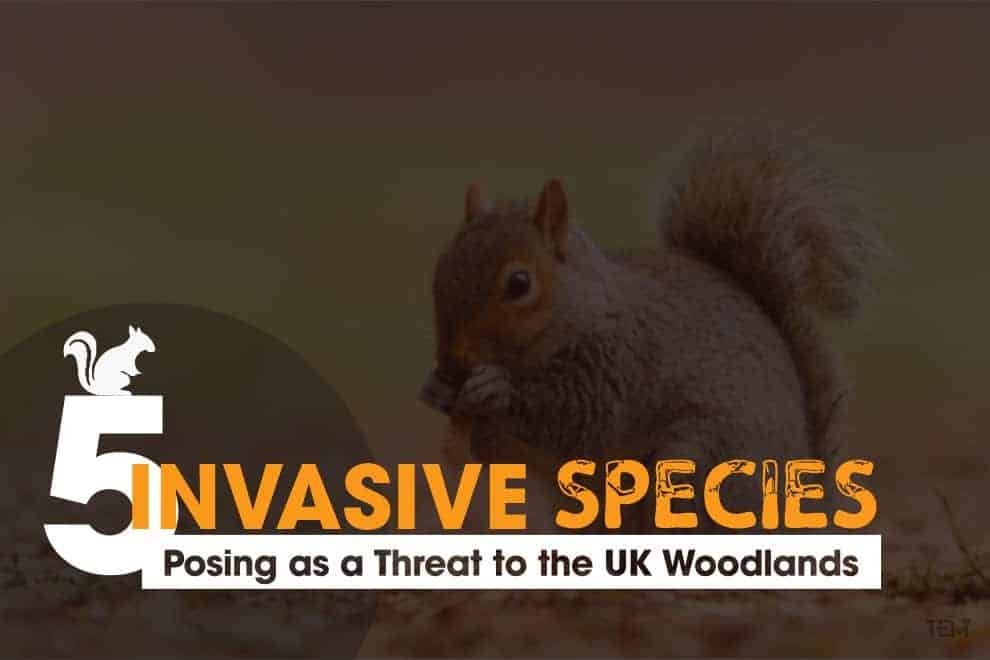To control the growing population of grey squirrels, the Government of the UK has approved the use of oral contraceptives. These grey squirrels are considered to be a part of the invasive species that spoil the UK
The squirrels are going to be fed in little pots that contain hazelnut spread—which will be spiked with the oral contraceptive. These little pots are expected to be kept in feeding boxes to avoid other animals from consuming the contraceptive. The damage done by grey squirrels threatens the efforts taken by the Government to reduce climate change.
Over the years, there has been a rise in invasive non-native species which have proved to be a potential threat to the UK woodlands. Listed below are 5 of the invasive species causing a significant negative impact on the climate.
-
Japanese knotweed:

Originated in eastern Asia, the Victorians brought it as an ornamental garden plant in the year 1886. However, it is mainly considered to be notorious for forming dense stands. These stands are extremely hard to control. Being impossible to completely eradicate the Japanese knotweed, it is considered to be amongst the most frustrating invasive species. It is estimated that the Japanese knotweed costs the economy £166 million per year.
-
Asian hornet:

The Asian hornet is a voracious predator of honeybees and other insects. The Animal and Plant Health Agency detected the Asian hornet in September 2016. The agency immediately destroyed the nests but, there could be a reappearance of the same.
-
Rhododendron:

The Iberian Peninsula introduced the Rhododendron in 1763. The usage of the rhododendron was restricted to the gardens. It is popularly known that the rhododendron blocks light thus preventing other species to grow beneath it. Restricting the ground below, the trees which can grow above the level of the rhododendron canopy can survive. It also carries diseases that are fatal to some of the native trees of the UK.
-
American bullfrog:

The American bullfrog is considered to be the most harmful invasive amphibian species. The American bullfrog feeds day and night on a varying range of prey. Apart from this, it is highly infectious to a disease that has led to the worldwide amphibian decline and several global extinctions. The bullfrogs are regarded as a threat to the native wildlife if left in the wild.
-
Water primrose:

Originated from South America, water primrose is a highly invasive freshwater weed. It was introduced in Europe for its attractive yellow flowers. The water primrose blocks waterways and takes over ponds and lakes. This blocking thereby forces out native wildlife and causes flooding. Water primrose is currently only established in a small number of sites in England and Wales. The Environment Agency is working to eradicate existing populations, and gardeners as it would cost millions to manage.
Also Read,










